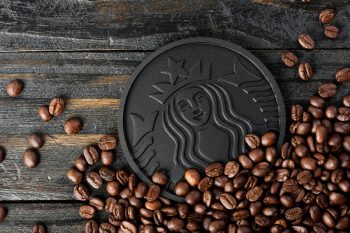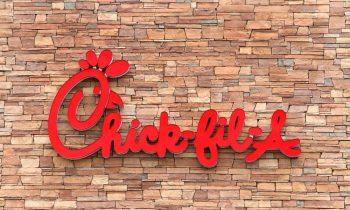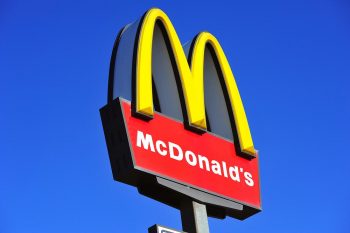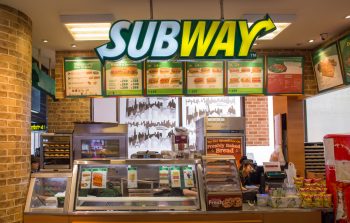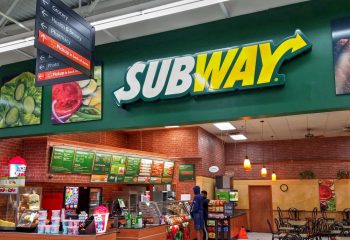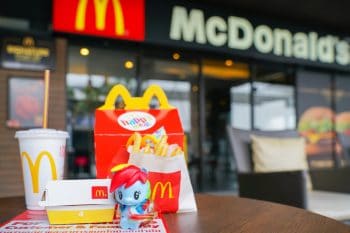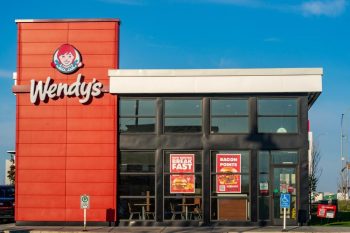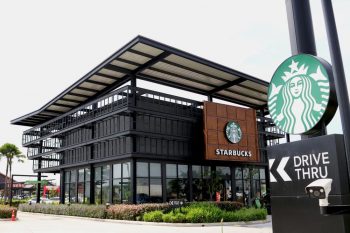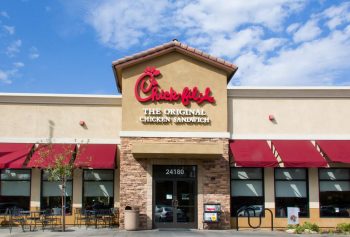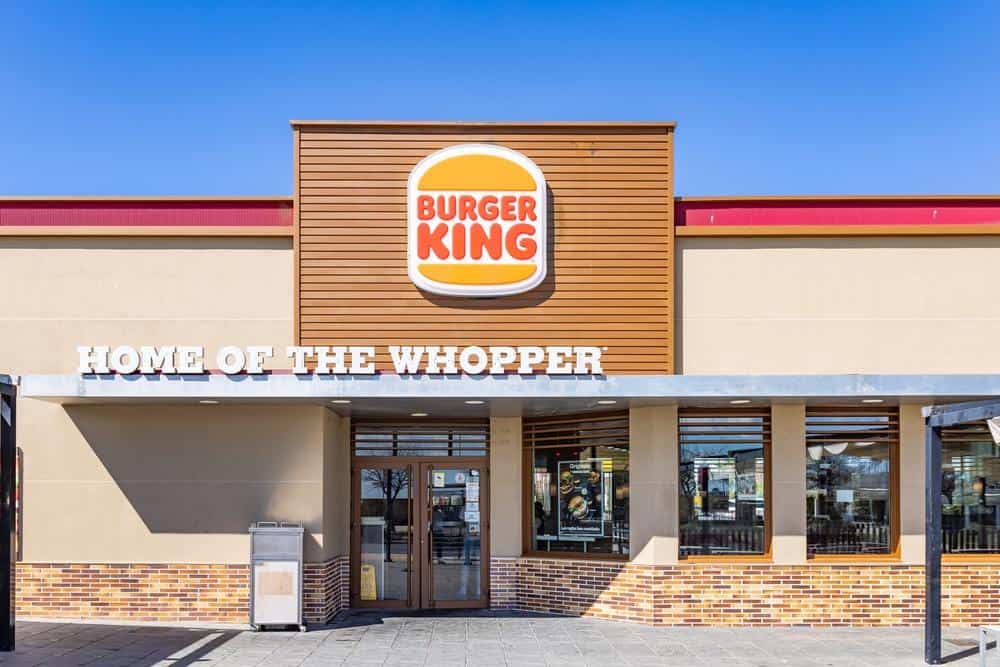
Burger King, a global fast-food giant, is known for its flame-grilled burgers, but one cannot overlook its equally popular and delicious fries. But have you ever wondered how these crispy, golden delights are made? In this comprehensive guide, we will delve into the fascinating process of how Burger King fries are made, from the selection of potatoes to the final seasoning.
Burger King fries are made from Russet potatoes that are cleaned, peeled, and cut into sticks. They go through a two-step frying process, first at 375 degrees Fahrenheit and then at 400 degrees Fahrenheit. Modified potato starch, rice flour, and potato dextrin contribute to their unique texture. The fries are then lightly salted before serving. The consistency of the fries is maintained across all locations by using pre-cut and frozen potatoes and following standardized processes and quality control measures.
The Main Ingredients
The primary ingredients used to create Burger King fries are:
- Potatoes: Specifically, Russet potatoes, known for their high starch content, which results in a fluffy interior and a crispy exterior when fried.
- Oils: A blend of soybean oil, canola oil, and palm oil is used for frying.
- Modified Potato Starch and Rice Flour: These ingredients contribute to the fries’ unique texture.
- Potato Dextrin: A type of carbohydrate derived from potatoes that aids in achieving the perfect levels of starchiness.
- Leavening Agents: Disodium Dihydrogen Pyrophosphate and Sodium Bicarbonate are used to give the fries their characteristic crispiness.
- Salt: Essential for seasoning.
The Process: From Potato to Fry
Burger King fries undergo several steps before they reach your plate:
- Selection and Preparation of Potatoes: Russet potatoes are cleaned, peeled, and cut into 3/8-inch “match sticks”.
- Soaking: The cut potatoes are soaked in cold water to remove excess starch. This process is repeated until the water is clear. The potatoes are then drained and dried thoroughly.
- First Frying Process: The potatoes are fried in oil at around 375 degrees Fahrenheit for about a minute until they turn a light golden brown.
- Cooling: The fries are removed from the oil, drained, and allowed to cool for 10 to 15 minutes.
- Second Frying Process: The cooled fries are fried again at a higher temperature (around 400 degrees Fahrenheit) until they reach the desired crispiness.
- Seasoning: Finally, the fries are lightly salted and shaken to distribute the salt evenly.
Consistency Across All Locations
The consistency of Burger King’s fries across all locations is maintained through standardized processes, specific ingredients, and quality control measures. The company uses pre-cut and frozen potatoes, which are partially fried before being shipped to the restaurants, where they are fried again to achieve the desired texture and crispiness.
What Sets Burger King Fries Apart?
What makes Burger King fries different from other fast food chains is their unique ingredients and preparation process. Reviews often suggest that Burger King fries are thicker and less crispy compared to other fast food chains. They are also often criticized for being underseasoned and having a thick, potatoey interior that can throw off the textural balance. Despite these criticisms, the unique ingredients and two-step cooking process contribute to the distinct taste and texture of Burger King fries.
Quality Checks and Standards
Burger King has a comprehensive quality management system in place to ensure the quality of their fries during and after production. This system includes stringent food safety measures, raw material controls, restaurant level food safety, nutritious food, quick response and communication, inspection, cooking and holding procedures, kitchen equipment cleanliness, and 30-day quality check logs.
Evolution Over the Years
The recipe and process for making Burger King fries have seen numerous changes over the years. From altering the oil used in the 1990s to the complete reformulation of the fries in the 2000s, to the introduction of healthier options and innovative products, Burger King has continually strived to improve taste, healthiness, and customer interest.
In conclusion, the making of Burger King fries is a complex process that involves a combination of carefully selected ingredients, specific cooking techniques, and rigorous quality control measures. So, the next time you bite into a Burger King fry, you’ll know the journey it took to reach your taste buds.
Frequently Asked Questions
Are Burger King fries vegan-friendly?
No, Burger King fries are not vegan-friendly. They are cooked in the same oil as the fish and chicken products, which could lead to cross-contamination.
How many calories are in a serving of Burger King fries?
According to Burger King’s nutritional information, a medium order of fries contains 380 calories.
Are there any gluten-free options at Burger King?
Burger King fries are made with rice flour, which is a gluten-free ingredient. However, they are cooked in shared fryers with gluten-containing products, so there may be cross-contamination. Those with severe gluten intolerance or celiac disease should exercise caution.
How does Burger King ensure the freshness of their fries?
Burger King fries are partially cooked and frozen before being shipped to the restaurants. Upon order, they are fried again to ensure crispiness and freshness.
Are the potatoes used for the fries organically grown?
The information about whether Burger King uses organically grown potatoes for their fries is not publicly available. It’s best to contact Burger King directly for the most accurate information.


